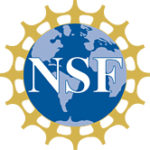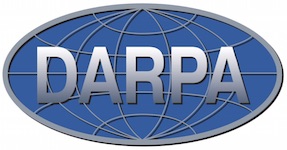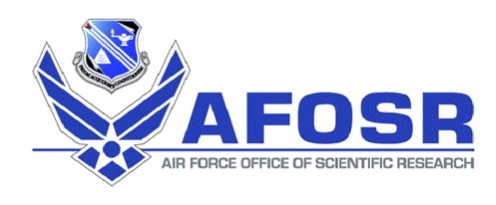The Center for Social Complexity has received grant funding from:
The National Science Foundation (NSF) is an independent federal agency created by Congress in 1950 “to promote the progress of science; to advance the national health, prosperity, and welfare; to secure the national defense…” NSF is vital because we support basic research and people to create knowledge that transforms the future. This type of support:
- Is a primary driver of the U.S. economy.
- Enhances the nation’s security.
- Advances knowledge to sustain global leadership.
ONR: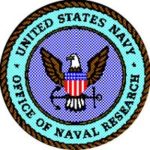
The Office of Naval Research (ONR) is an organization within the United States Department of the Navy that coordinates, executes, and promotes the science and technology programs of the U.S. Navy and Marine Corps through schools, universities, government laboratories, nonprofit organizations, and for-profit organizations. ONR executes its mission through science and technology departments, corporate programs, the Naval Research Laboratory (NRL), and the ONR Global office.
NASA:
The National Aeronautics and Space Administration (NASA) is an independent agency of the executive branch of the United States federal government responsible for the civilian space program as well as aeronautics and aerospace research. President Dwight D. Eisenhower established NASA in 1958 with a distinctly civilian (rather than military) orientation encouraging peaceful applications in space science. The National Aeronautics and Space Act was passed on July 29, 1958, disestablishing NASA’s predecessor, the National Advisory Committee for Aeronautics (NACA). The new agency became operational on October 1, 1958.
DTRA: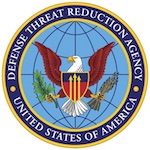
As a Combat Support Agency, DTRA (Defense Threat Reduction Agency supports the Combatant Commanders and Services in responding to any WMD (weapons of mass destruction) threat. This requires them to not only address current needs but also to anticipate future threats. In their Defense Agency role, they manage a research and development portfolio to develop tools and capabilities. As a USSTRATCOM Center, they support USSTRATCOM’s synchronization of Department of Defense planning efforts to counter weapons of mass destruction.
For more than fifty years, DARPA (Defense Advanced Research Projects Agency) has held to a singular and enduring mission: to make pivotal investments in breakthrough technologies for national security. The genesis of that mission and of DARPA itself dates to the launch of Sputnik in 1957, and a commitment by the United States that, from that time forward, it would be the initiator and not the victim of strategic technological surprises. Working with innovators inside and outside of government, DARPA has repeatedly delivered on that mission, transforming revolutionary concepts and even seeming impossibilities into practical capabilities.
DHS: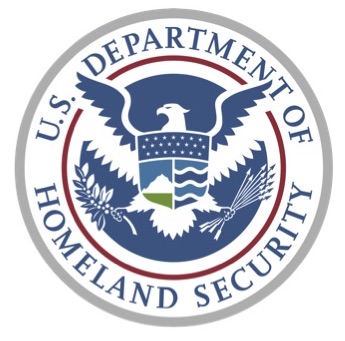
DHS (Department of Homeland Security) has a vital mission: to secure the nation from the many threats it faces. It is the third largest Department of the U.S. government, with a workforce of 229,000 employees and 22 components including TSA, Customs and Border Protection, Immigration and Customs Enforcement, U.S. Citizenship and Immigration Services, FEMA, the Coast Guard, and the Secret Service. Under the Secretary’s leadership, DHS is responsible for counterterrorism, cybersecurity, aviation security, border security, port security, maritime security, administration and enforcement of our immigration laws, protection of our national leaders, protection of critical infrastructure, detection of and protection against chemical, biological and nuclear threats to the homeland, and response to disasters. The Department of Homeland Security combined 22 different federal departments and agencies into a unified, integrated cabinet agency when it was established in 2002.
AFOSR continues to expand the horizon of scientific knowledge through its leadership and management of the Air Force’s basic research program. As a vital component of the Air Force Research Laboratory (AFRL), AFOSR’s mission is to support Air Force goals of control and maximum utilization of air, space, and cyberspace. AFOSR accomplishes its mission by investing in basic research efforts for the Air Force in relevant scientific areas. Central to AFOSR’s strategy is the transfer of the fruits of basic research to industry, the supplier of Air Force acquisitions; to the academic community which can lead the way to still more accomplishment; and to the other directorates of AFRL that carry the responsibility for applied and development research leading to acquisition.
The National Consortium for the Study of Terrorism and Responses to Terrorism—better known as START—is a university-based research and education center comprised of an international network of scholars committed to the scientific study of the causes and human consequences of terrorism in the United States and around the world. A Department of Homeland Security Center of Excellence headquartered at the University of Maryland, START supports the research efforts of leading social scientists at more than 50 academic and research institutions, each of whom is conducting original investigations into fundamental questions about terrorism.
SI:
The Smithsonian Institution is the world’s largest museum, education, and research complex, with 21 museums and the National Zoo—shaping the future by preserving heritage, discovering new knowledge, and sharing our resources with the world.
The Institution was founded in 1846 with funds from the Englishman James Smithson (1765–1829) according to his wishes “under the name of the Smithsonian Institution, an establishment for the increase and diffusion of knowledge.” We continue to honor this mission and invite you to join us in our quest.
CCI:
The Commonwealth Cyber Initiative (CCI) is Virginia’s main access point for cybersecurity research, innovation, workforce development, and news. In this community, researchers find funding and collaboration, students discover diverse career possibilities, and new innovations come to life.” CCI’s vision is “To establish Virginia as a global center of excellence in cybersecurity research and serve as a catalyst for the commonwealth’s economic diversification and long-term leadership in this sector.

